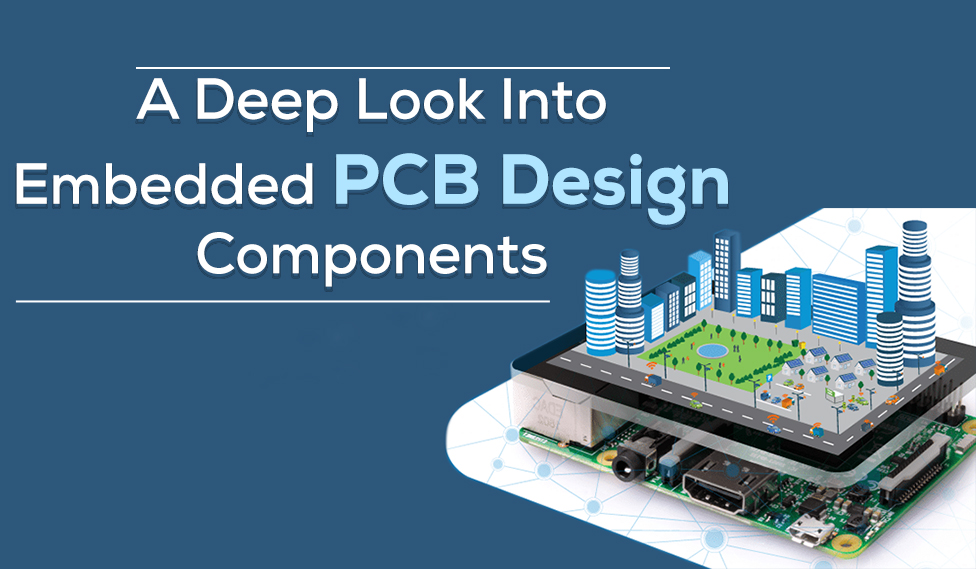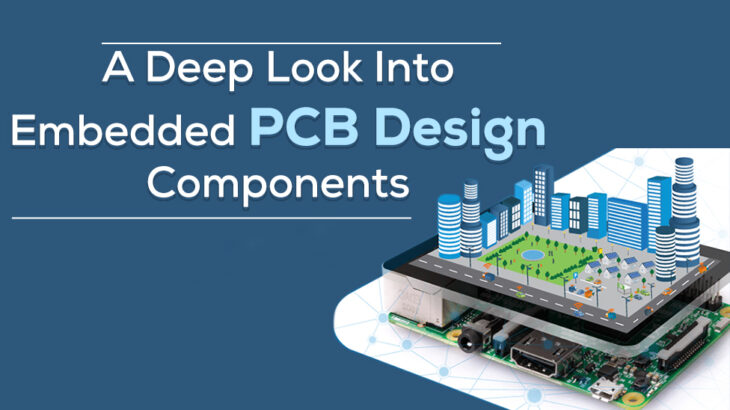
Embedded systems play a vital role in dictating the performance of most electronic devices. Regardless of the size or complexity of the operation, an embedded PCB is a core component in the design. Anything as small as a handy calculator and anything as big as a space shuttle will have embedded systems. Therefore, it is evident that embedded software development is all-pervasive. This blog will take a deep look into embedded PCB design components.
The main purpose for which embedded systems are used is their ability to decrease the gap between various PCB components. In addition, it helps to reduce transmission loss.
Embedded system in a PCB
The use of an embedded system reduces the number of connectors on PCBs. This technology aids in the improvement of PCB durability and the reduction of parasitic inductance in PCBs. Due to their versatility and efficiency, embedded PCBs are used in medical, military, and commercial systems.
All about PCB Embedded components
Embedded components are used by many fabricators when creating circuit boards. A component can be embedded on a circuit board in two different methods. The first way involves creating an open cavity within which embedded components remain. As a result, the component is seen on the finished circuit board.
In the second method, the embedded component is layered within an internal compartment. Once the manufacturer brings the top layer on it, the embedded component is hidden from the design.
Sunstream provides the best PCB design services by incorporating the recommended practices to produce the desired output.
Embedded Resistors
This component enhances the efficiency of electronic devices by acting as a passive device. Standalone devices are transferred from the PCB surface using this PCB embedded component. As a result, there is more room on the surface. It also enables the addition of other components.
Embedded capacitor
Copper-clad laminate is used in this implanted part. Decoupling capacitors can be replaced using these laminates. A thin dielectric layer is sandwiched between two copper layers to form an embedded capacitor. Its enhanced capacitive density allows it to operate as a decoupling capacitor.
Embedded Inductor
Inductors hold and supply energy in order to keep a circuit’s current flowing. The manufacturing of inductors for power converters is complicated and time-consuming. As a result, it’s critical to incorporate these inductors into PCBs.
Factors that affect Embedded PCB Design
Size of the Printed Circuit Board
The PCB size and layout must match the components that will be installed on the board. The PCB’s dimensions must ensure that the components are properly placed. It will actually reduce the likelihood of the board overheating.
Thermal management
When a trace with a high current goes across a PCB, it generates a lot of heat. To improve thermal conduction in a circuit board, a designer can use two ways. The first way entails increasing the trace’s thickness. The second process requires the construction of copper planes.
Placements
Heavy PCB components are mounted to the side of the board to reduce the mechanical tension on the soldering locations. Also, the power devices are spread out across the surface of the board.
With Sunstream, build efficient electronic devices that outperform others! We also render other services in the mechanical stream such as 3D modeling services. Talk to our team today!




 +1.585.935.7123
+1.585.935.7123 +91-804-148-6861
+91-804-148-6861